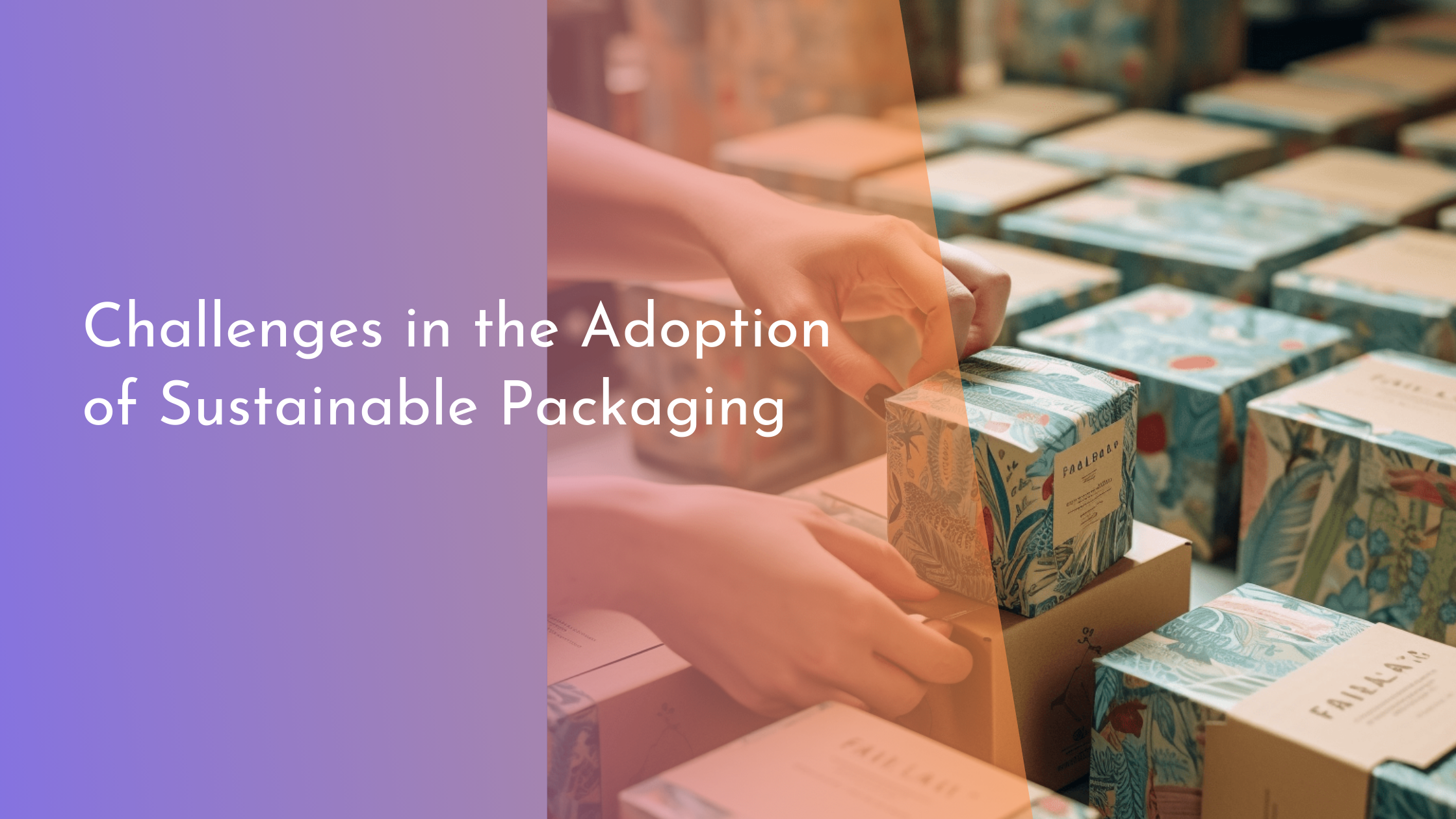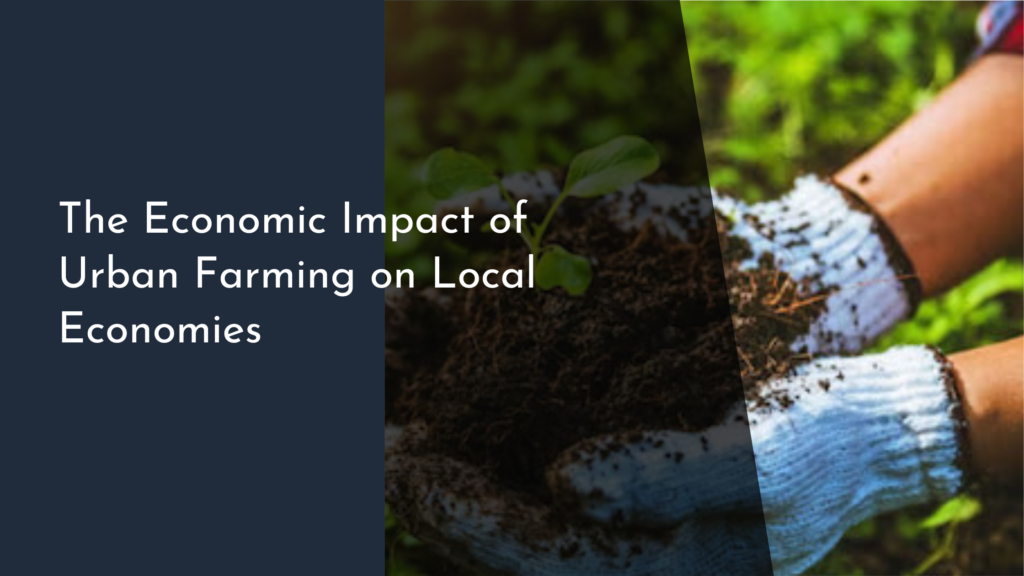Challenges in the Adoption of Sustainable Packaging
As global environmental awareness continues to rise, the push for sustainable packaging solutions has gained significant momentum. Businesses and consumers alike are becoming increasingly conscious of the impact that traditional packaging methods have on our planet. However, despite the enthusiasm for green packaging alternatives, several challenges hinder their widespread adoption. This article delves into the primary obstacles faced in the transition to sustainable packaging, exploring economic, technological, and consumer-related barriers.
Understanding Sustainable Packaging Dynamics
Sustainable packaging dynamics pivot around reducing environmental impact while maintaining packaging effectiveness. The shift involves understanding the life cycle of packaging materials — from raw material extraction to disposal. Sustainable options rely heavily on renewable, recyclable, or biodegradable materials. However, the journey to integrating these materials into regular business practices is complex. Companies must balance environmental goals with logistical and practical considerations, such as ensuring that packaging remains sturdy enough to protect products during transportation.
Moreover, the sustainable packaging landscape is constantly evolving with new innovations and practices emerging frequently. Businesses must stay informed about these changes to effectively implement green packaging strategies. This dynamic nature requires ongoing research and adaptation, which can be resource-intensive. Staying ahead of the curve is vital, but it also presents a challenge in setting long-term sustainability goals given the ever-evolving technological and regulatory landscape.
Economic Hurdles to Green Packaging Solutions
One of the most significant obstacles in adopting sustainable packaging is the economic impact. The initial investment required for developing or switching to eco-friendly packaging materials can be substantial. Traditional packaging materials such as plastic are often cheaper than sustainable alternatives, making it financially challenging for businesses to justify the switch, especially for small to medium enterprises. The cost of redesigning packaging lines and sourcing new materials can add to the financial burden.
Despite these challenges, there are opportunities for cost savings in the long run. As demand for sustainable materials increases, production costs may decrease due to economies of scale. Furthermore, adopting sustainable practices can enhance brand reputation and customer loyalty, potentially leading to increased revenue. Government incentives and subsidies for companies that implement green practices also offer some economic relief, helping businesses overcome initial cost barriers and encouraging broader adoption.
Overcoming Technological Limitations in Packaging
Technological limitations present another significant hurdle in the adoption of sustainable packaging. Many sustainable materials currently lack the versatility and durability of their traditional counterparts. For instance, some biodegradable materials may not provide the same level of protection from contamination or spoilage, especially in the food industry. This limitation can be a deterrent for businesses where product integrity is crucial.
Nevertheless, ongoing advances in material science and technology are promising. Innovative solutions such as bio-based plastics and edible packaging are being developed to meet industry standards for safety and durability. These advancements require investment in research and development, but they hold the potential to bridge the gap between sustainability and functionality. Collaborations between industries and research institutions can accelerate these developments, paving the way for more viable green packaging options.
Consumer Perception and Adoption Challenges
Consumer perception plays a critical role in the adoption of sustainable packaging. Many consumers express a desire for environmentally friendly products, yet there can be a gap between expressed values and purchasing behavior. Some consumers might be skeptical about the efficacy and benefits of sustainable packaging, fearing higher costs or reduced product quality. Businesses need to address these perceptions through effective communication and education, highlighting the benefits of sustainable packaging without compromising on quality or price.
Additionally, consumer expectations are evolving, with a growing demand for transparency and authenticity from brands. Companies must be proactive in engaging with their customers, providing information about their sustainability efforts and the impact of their packaging choices. This can be achieved through clear labeling and marketing that emphasizes the environmental benefits. As consumer awareness and education increase, their willingness to adopt sustainable packaging solutions is likely to follow suit, driving further demand and acceptance in the market.
Transitioning towards sustainable packaging is a multifaceted challenge that requires collaboration across industries, governments, and consumers. While economic, technological, and perceptual hurdles exist, they are not insurmountable. By investing in innovative solutions, educating consumers, and leveraging economic incentives, the path towards widespread adoption of sustainable packaging can become clearer. As we move forward, embracing these challenges with optimism and determination will be crucial in creating a sustainable future for packaging and beyond.


